Pelvic pain may be related to many organs. In the pelvic cavity, there are portions of the intestines, the organs of the reproductive, the urinary, and a large part of the musculoskeletal systems. In this post, I want to talk all about pelvic pain in women. Common causes of pelvic pain. And the use of ultrasound to diagnose pelvic pain in women. I will also include ultrasound images.
Different types of pelvic pain.
Depending on its source, pelvic pain can be dull or sharp; it might be constant or intermittent. It might be mild, moderate or severe in intensity. Pelvic pain can sometimes radiate to your lower back, buttocks or thighs. Sometimes, you might notice pelvic pain only at certain times, such as when you urinate or during sexual activity.
Pelvic pain can occur suddenly, sharply and briefly (acute) or over the long term (chronic). Chronic pelvic pain refers to any constant or intermittent pelvic pain that has been present for six months or more.
Pelvic pain is categorized by:
Acute: It is the pelvic pain that passes intermittently.
Chronic: It is the pelvic pain that you have felt for 6 months or more, and although it varies in intensity, It always comes back.
With chronic pelvic pain. Usually, there are several causes involved.
In women, the most important cause of pelvic pain is almost always related to the reproductive system. In any case, it is very important to always see your doctor, to find the cause of the pain and the appropriate treatment for it.
Non-gynecologic causes of pelvic pain.
- Appendicitis: Pain caused by inflammation of the appendix. This pain is usually located on the right side and is associated with being suddenly. With other symptoms such as diarrhea and vomiting.
- Colon cancer: Pain caused by some malignant mass located in the colon.
- Constipation: Pelvic pain due to constipation develops when digested food, spends too much time in the colon. Or is too hard to pass and you have the feeling that you’re unable to completely empty your bowels.
- Crohn’s disease: A type of inflammatory bowel disease.
- Diverticulitis: Is the infection or inflammation of pouches that can form in your intestines. These pouches are called diverticula.
- Fibromyalgia: Fibromyalgia is a disorder characterized by widespread musculoskeletal pain, accompanied by fatigue, sleep, memory and mood issues. Researchers believe that fibromyalgia amplifies painful sensations by affecting the way your brain processes pain signals.
- Inguinal hernia: It happens when the contents of the abdomen, fat or part of the small intestine bulge through a weak area in the lower abdominal wall.
- Interstitial cystitis: Is a chronic bladder health condition.
- Intestinal obstruction: Intestinal obstruction is a serious condition. Which may occur in one or both parts of the intestines, may be partial or total, and may also occur in one or more locations. It occurs when the intestine is blocked and the food and drink cannot pass through the body.
- Irritable bowel syndrome: A common gastrointestinal disorder that involves an abnormal condition of gut contractions (motility) and increased gut sensations (visceral hypersensitivity).
- Kidney stones: Kidney stones are hard, pebble-like pieces of material, that form in one or both of your kidneys when high levels of certain minerals are in your urine.
- Pelvic floor muscle spasms: This occurs when the pelvic floor muscles over contracts.
- Ulcerative colitis: It’s a bowel disease, characterized by inflammation with ulcer formation in the lining of the colon (large intestine). Its cause is still unknown.
- Urinary tract infection (UTI): UTI is an infection that occurs when bacteria enter the urinary tract, including the kidneys, ureters, bladder, or urethra.
Share the post here!

Gynecologic causes of pelvic pain in non-pregnant patients.
- Adenomyosis: This is a condition that happens when the endometrial tissue located within the cavity of the uterus, migrates through the muscle of the uterus.
- Endometriosis: This is a condition where the endometrial tissue located inside the uterus cavity, migrates to other parts of the pelvis, such as the tubes, ovaries, abdominal cavity, etc.
- Menstrual related pelvic pains: All the pains related to the menstrual cycle.
- Ovarian cysts: A fluid-filled sac that develops inside the ovary.
- Ovarian cancer: Ovarian cancer is a type of cancer that forms inside the ovaries. This type of cancer develops when genes that control cell growth mutate and start growing abnormally. Eventually, those cells begin to multiply at a rapid pace and a tumor is formed. If it’s not treated early, cancer can spread to other parts of your body. So you need professional attention ASAP.
- Uterine fibroids: A benign mass that grows within the uterus.
- Mittelschmerz (ovulation pain): Some women can experience pain during ovulation time.
- Pelvic inflammatory disease (PID): Ascending infection of the female upper genital tract (the female structures above the cervix). PID is the most common and serious complication of sexually transmitted diseases (STDs), aside from AIDS, among women.
- Vulvodynia: A condition that develops after a series of yeast infections, sexual encounters, or a difficult child-birthing experience, vulvodynia results in a persistent burning pain at the vaginal entry, upper thighs, and buttocks.
As you can see, there are a large number of pathologies that can cause pelvic pain in women. The vast majority of them occur in the reproductive organs. An ultrasound can effectively diagnose almost 100% of these gynecological pathologies.
Related posts:
All about the uterus, fallopian tubes, and ovaries.
Uterine Fibroids, how to naturally treat and prevent them.
Ovaries, hormonal cycles, and common cysts.
Ultrasound images of the most common causes of pelvic pain in non-pregnant patients.
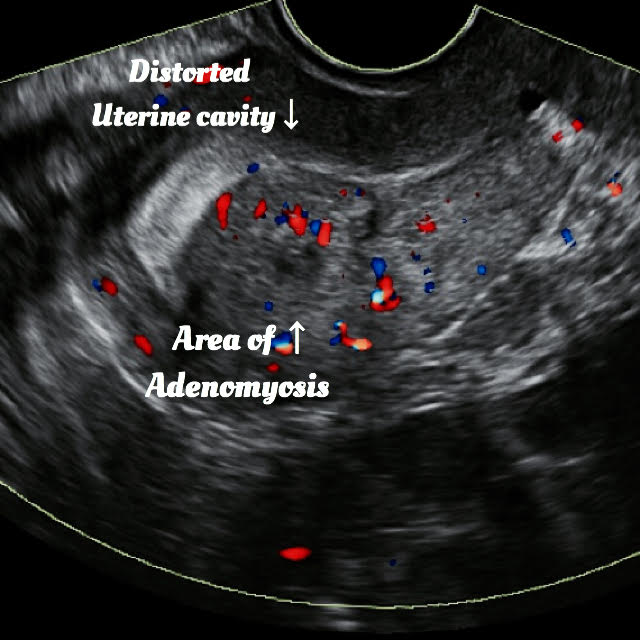
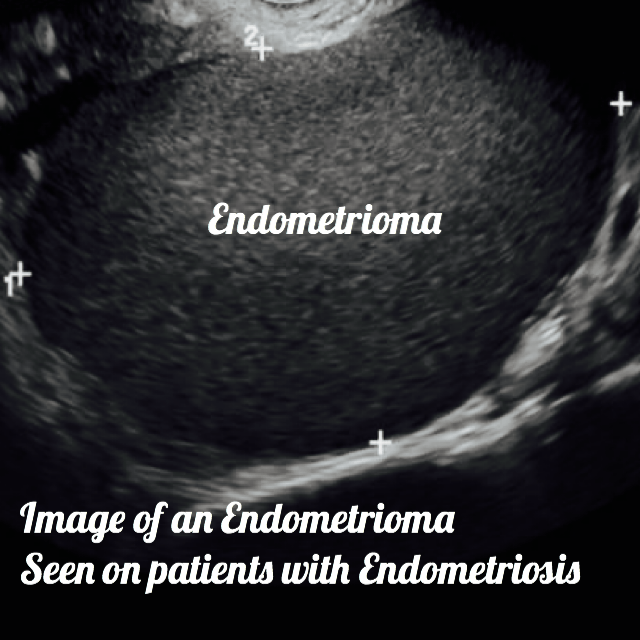
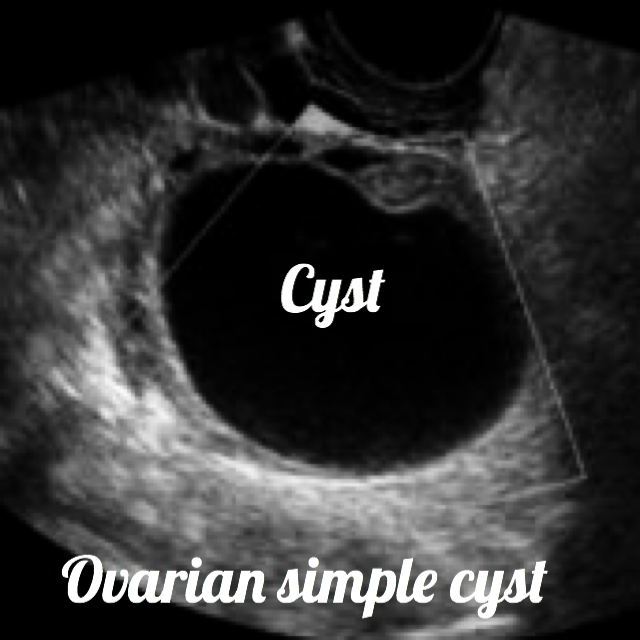
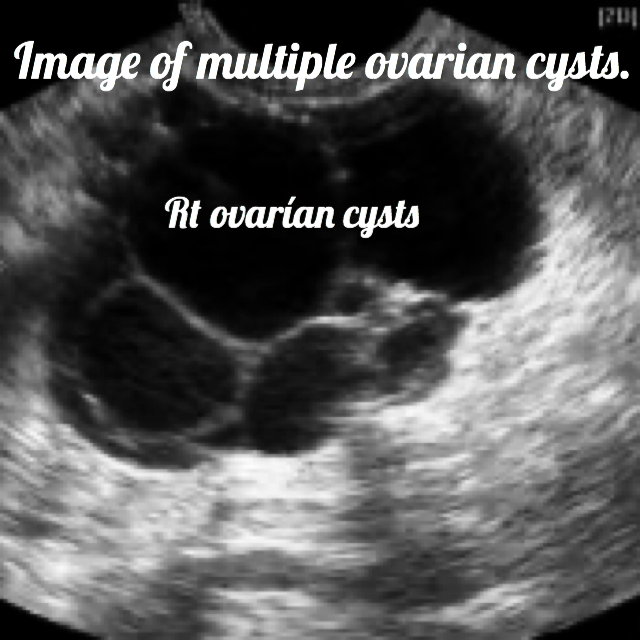
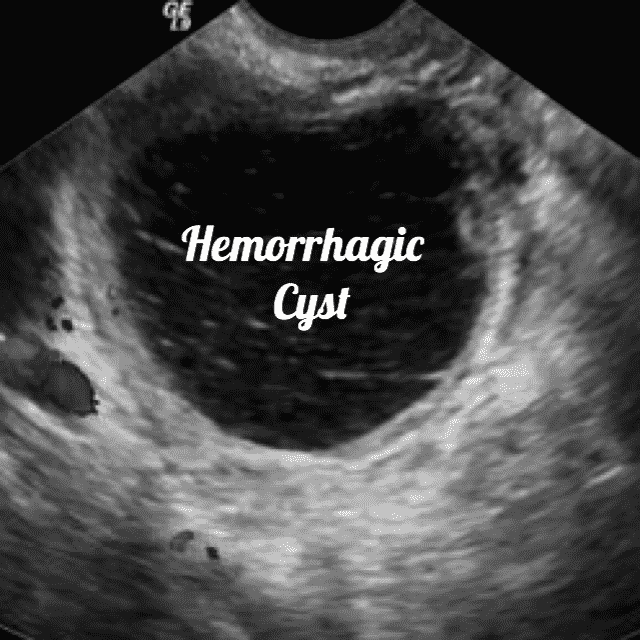
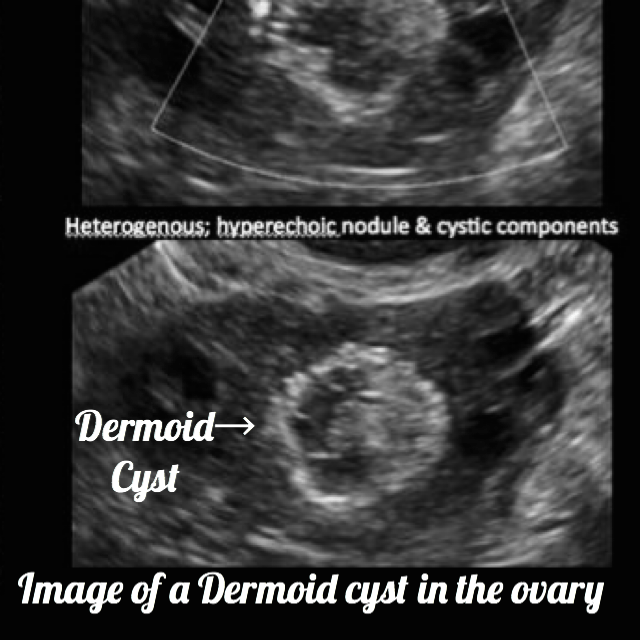
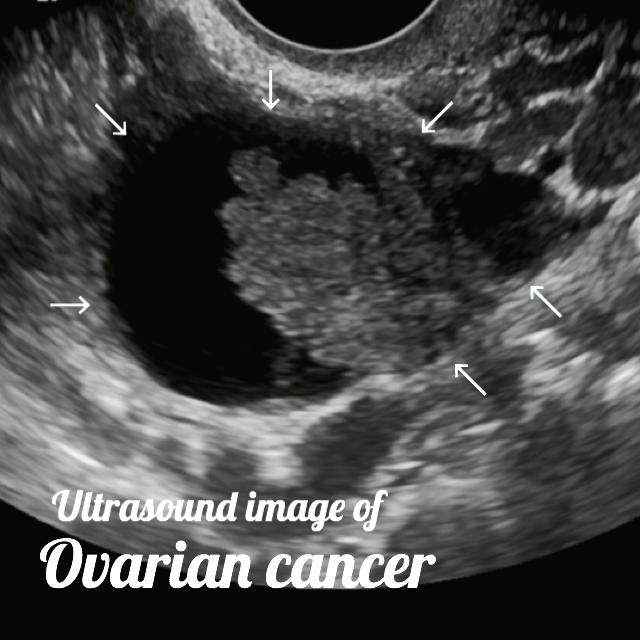
Gynecological cancer, are not exclusively confined to appear in the ovaries. They can also occur in the cervix, uterus or endometrium. Symptoms vary from patient to patient but often include a dull, aching pain in the pelvis and abdomen and pain during intercourse. Unusual vaginal discharge is another common symptom.
Gynecologic causes of pelvic pain in pregnant patients.
- Miscarriage: Miscarriage means the loss of an embryo or fetus before the 20th week of pregnancy. Most miscarriages occur during the first 14 weeks of pregnancy.
- Ectopic pregnancy: Pregnancy that occurs outside of the uterine cavity. The large majority (95%) of ectopic pregnancies occur in the Fallopian tube. However, they can occur in other locations, such as the ovary, cervix, and abdominal cavity. It is a life-threatening condition, that requires immediate medical attention.
- Placental abruption: The placenta forms and attaches itself to the uterine wall early in pregnancy. It’s designed to provide oxygen and nutrition for your baby until delivery. Rarely, the placenta detaches itself from the uterine wall. This may be a partial or complete detachment and is known as placental abruption. Placental abruption can cause vaginal bleeding, accompanied by sudden feelings of pain or tenderness in the abdomen or back. It’s most common in the third trimester but may occur at any time after the 20th week of pregnancy. Placental abruption also requires immediate medical treatment.
- Premature labor: Labor that occurs before the 37th week of pregnancy is considered premature labor.
Ultrasound images of the most common causes of pelvic pain in pregnant patients.
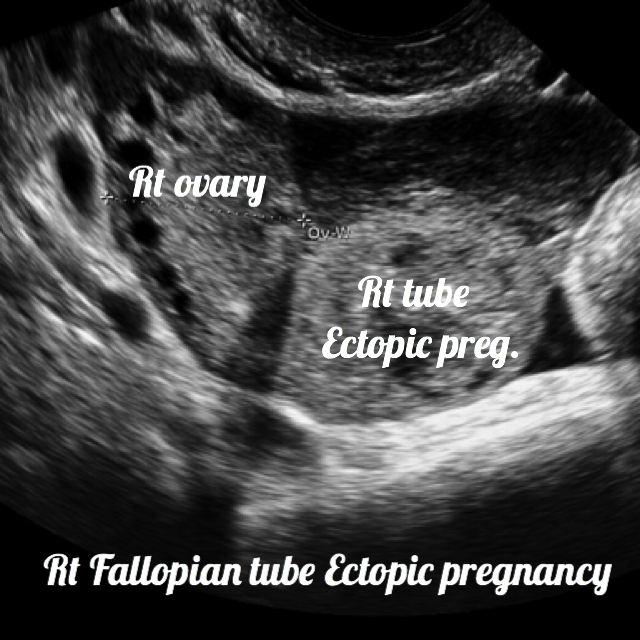
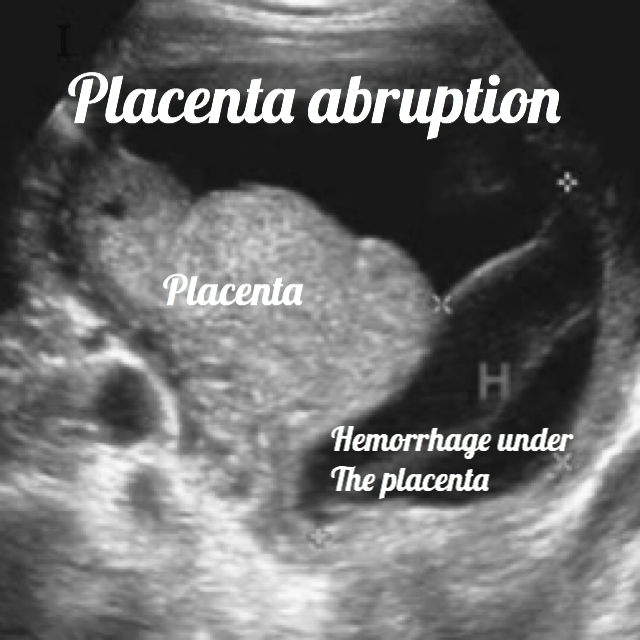
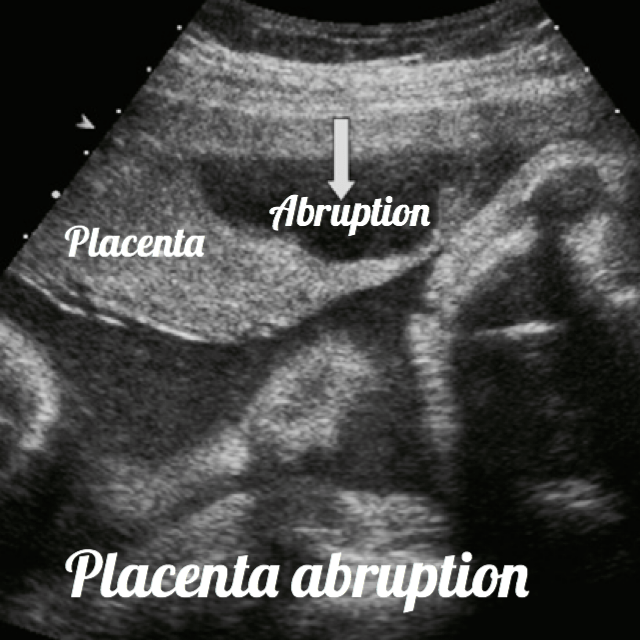
Making the diagnosis
As you can see, there are a variety of causes of pelvic pain in women. Many of these causes are related to reproductive organs, in some ways other causes cannot be ruled out without visiting the doctor.
The location of pain, severity, duration, and other factors will influence the final diagnosis.
Standard testing:
- Physical exam: Looking for areas of tenderness in your abdomen and pelvis.
- Pelvic (transvaginal) ultrasound: To check your uterus, fallopian tubes, vagina, ovaries, and other organs within the reproductive system.
- Blood and urine tests: To rule out signs of infection.
If the cause of your pain is not determined by these initial tests, you may need additional tests, and these are:
CT scan
pelvic MRI
pelvic laparoscopy
colonoscopy
cystoscopy
Things that will help at home:
If the pain is not related to a serious condition. It will probably improve with over the counter pain medications. If you are pregnant you should not take medication, unless you have the doctor’s authorization.
Natural remedies at home to improve pelvic pain:
Compresses of warm water in the abdomen.
Take a hot bath to relax.
Practice yoga or meditation to relieve pain.
Raise your legs above your body.
Conclusion of this post about Pelvic Pain.
Pelvic pain is a common condition in women and is related to a wide range of causes. It can be chronic or acute. Pelvic pain often responds to at-home treatments and pain medications. It can, however, be caused by many other serious conditions that require a doctor’s immediate care. As you can probably anticipate, pain treatment is directly related to the cause of the pain.
It’s always a good idea to see your doctor if you’re experiencing pelvic pain, especially if it’s occurring regularly. They can run tests to find out the cause.
I hope this article helps. If you have any questions, feel free to comment below. Stay tuned for more posts like this one.
Zadi, xo
Disclaimer: This post is not intended to diagnose, treat, prevent, or cure any disease. For proper medical attention, please visit your physician.










After dealing with pelvic pain for months, I finally went to my doctor. They did all kinds of bloodwork and ultrasounds and then sent me to a pelvic floor specialist after determining my pain was muscular. She diagnosed me with high pelvic tone and taught me some stretches to help relax all the muscles. It took a few visits but the pain finally subsided and I feel so much better!
I am so happy to hear that dear. Unfortunately there are some patients that suffer pelvic pain and sometimes for unknown causes, procedures like endometrial ablation can give women pelvic pain for life. Anyway I am glad you are doing better??
[…] Pelvic pain in women. Role of ultrasound diagnosing pelvic pain. […]
[…] Pelvic pain in women. Role of ultrasound diagnosing pelvic pain. […]
[…] Pelvic pain in women. Role of ultrasound diagnosing pelvic pain. […]
[…] Related posts: All about Polycystic ovarian syndrome or PCOS. Irregular periods. Causes, treatment, natural remedies, ultrasound, and more. Pelvic pain in women. Role of ultrasound diagnosing pelvic pain. […]
[…] Pelvic pain in women. Role of ultrasound diagnosing pelvic pain. […]
Hey! This post could not be written any better! Reading through this post reminds me of my good old room mate! He always kept chatting about this. I will forward this page to him. Pretty sure he will have a good read. Many thanks for sharing!
Once I initially commented I clicked the -Notify me when new feedback are added- checkbox and now each time a remark is added I get four emails with the identical comment. Is there any approach you can remove me from that service? Thanks!
Thanks for the feedback. I’ll try my best to fix it.
Have read and understood the article on pelvic pian in pregnant women thanks for the enlightmen am presently waiting to have a pelvic scan
Thanks Ody for your words, if you need any more information let me know.
[…] Pelvic pain in women. Role of ultrasound diagnosing pelvic pain. […]
[…] Pelvic pain in women. Role of ultrasound diagnosing pelvic pain. […]
Great information In this article, living the ultrasound photos. Thanks.
[…] Pelvic pain in women. Role of ultrasound diagnosing pelvic pain. […]
Thanks for your personal marvelous posting! I truly enjoyed reading it, you are a great author.I will be sure to bookmark your blog and definitely will come back in the foreseeable future. I want to encourage you to continue your great posts, have a nice afternoon!
Someone essentially help to make seriously articles I would state. This is the first time I frequented your website page and thus far? I surprised with the research you made to make this particular publish amazing. Excellent job!
Thanks for the thoughts you write about through your blog. In addition, quite a few young women who seem to become pregnant don’t even try to get medical insurance because they are concerned they probably would not qualify. Although a lot of states currently require that insurers provide coverage despite the pre-existing conditions. Charges on these kind of guaranteed options are usually greater, but when taking into consideration the high cost of medical treatment it may be any safer route to take to protect your financial potential.
Pretty great post. I simply stumbled upon your blog and wished to mention that I’ve really enjoyed browsing your blog posts. In any case I will be subscribing to your rss feed and I’m hoping you write again soon!
[…] Pelvic pain in women. Role of ultrasound diagnosing pelvic pain. […]
[…] Pelvic pain in women. Role of ultrasound diagnosing pelvic pain. […]
[…] Pelvic pain in women. Role of ultrasound diagnosing pelvic pain. […]
[…] Pelvic pain in women. Role of ultrasound diagnosing pelvic pain. […]
[…] Pelvic pain in women. Role of ultrasound diagnosing pelvic pain. […]
[…] Pelvic pain in women. Role of ultrasound diagnosing pelvic pain. […]
[…] Pelvic pain in women. Role of ultrasound diagnosing pelvic pain. […]